Ever wonder who dreams up the next big snack everyone’s raving about—or how that perfect oat milk latte or spicy mango salsa makes it from a sketchpad to supermarket shelves? It’s not luck or magic. Behind every beloved bite is a careful blend of creativity, culinary artistry, and food science. That’s where food product development services come in—bridging bold imagination with technical mastery to turn flavor ideas into edible realities.
You could say it’s part kitchen, part laboratory, and part storytelling studio. And honestly, that mix is what makes it so fascinating.
The Spark Behind Every Bite — Why Food Innovation Matters
Food isn’t just fuel; it’s memory, comfort, identity. Think about the smell of your grandmother’s kitchen or the crunch of chips you shared with friends after school. That connection—the emotional pull—is what drives the constant evolution of food.
Consumer tastes shift faster than ever. One year it’s all about sriracha everything, the next, we’re swirling yuzu and matcha into our desserts. People crave both novelty and nostalgia—sometimes in the same bite. And food developers? They’re the bridge between these emotional desires and the science that makes them possible.
Creating a new product is, at its heart, an act of empathy. Developers listen to what people want (even when consumers can’t quite articulate it themselves) and translate that into something delicious, market-ready, and safe to eat. It’s both personal and deeply technical—like composing music that has to pass a chemistry test.
From Brainstorm to Bite — The Creative Process
Let’s be honest: food ideas come from everywhere. A street vendor’s dish in Bangkok. A TikTok trend involving pickled fruit. A conversation about why breakfast cereal doesn’t taste like it used to. Inspiration sparks in the oddest places.
But after the spark comes the structure. Food product development teams start by identifying a gap—maybe consumers are craving comfort foods with cleaner ingredients, or there’s a growing demand for protein-packed snacks that don’t taste like cardboard. From there, brainstorming sessions unfold like jam sessions in a creative kitchen.
Textures are discussed. Flavors are layered mentally before they ever hit a mixing bowl. Someone might say, “What if we could make a dairy-free ice cream that still feels creamy, like the real thing?” And that’s where the adventure begins.
The Science Behind the Spoon
For all its artistry, Food product development services is still grounded in chemistry, biology, and physics. You can’t have a crispy chip that stays fresh for three months without understanding moisture migration and lipid oxidation. (Yes, those are real terms—and they’re what keep your snacks from going soggy.)
Food scientists take the creative vision and make it viable. They test formulations, tweak ingredient ratios, and model how flavors interact under heat or cold. They consider texture—does that protein bar feel chewy or chalky?—and color stability—will that beet extract fade over time?
Culinary technologists work alongside flavor chemists and product designers, often using sensory evaluation tools and prototype labs that feel like the set of a cooking show crossed with a research facility. Imagine stainless steel counters lined with microbalances, pH meters, and aroma chambers. It’s not glamorous—but when the first successful batch comes out of the test oven, it feels like a standing ovation moment.
Texture, Flavor, and Storytelling
Here’s the thing: flavor alone doesn’t sell a product—emotion does. Consumers might describe their favorite snack as “comforting,” “exciting,” or “nostalgic.” That’s storytelling through taste.
Developers often think in narrative terms. Maybe a chip flavor captures the smoky aroma of a summer barbecue, or a beverage evokes the calm of an evening tea ritual. These sensory cues connect directly to memory and emotion—turning simple ingredients into an experience.
Texture plays just as powerful a role. That first crunch or smooth mouthfeel triggers instant reactions. Humans are wired to remember sensory patterns, so texture becomes part of the product’s identity. It’s why a crunchy snack feels satisfying or why we love that creamy finish in ice cream. Good developers know this instinctively and design for it intentionally.
Collaboration: When Chefs, Scientists, and Marketers Share a Kitchen
This part’s always fun to witness. Picture a chef describing a flavor idea—say, “like the warmth of cinnamon but without the sweetness”—and a scientist furrowing their brow, thinking about volatile compound behavior. Meanwhile, the marketing lead wonders how that concept fits a target demographic.
It sounds chaotic, but it’s exactly that tension—between art, science, and strategy—that leads to breakthroughs. Collaboration forces every participant to see food through a different lens. Chefs bring intuition, scientists bring precision, and marketers bring perspective. When it all clicks, you can feel the energy in the room. It’s like a creative high that smells faintly of roasted vanilla.
And sometimes, the best ideas come from disagreement. A chef insists a sauce should have more tang, while the scientist argues it’ll mess with pH stability. They test, they taste, they compromise—and suddenly, it’s perfect. That’s how food innovation really happens: through trial, error, and shared curiosity.
The Magic of Prototyping and Testing
Once a concept has legs, it’s time for the test kitchen. This phase is messy, thrilling, and occasionally frustrating. Recipes are scaled up, sampled, and critiqued—sometimes brutally.
A single ingredient change can alter everything. Switch from cane sugar to agave syrup, and you might affect viscosity, sweetness perception, even aroma. Developers take meticulous notes. “Batch 3A: too dense, slightly bitter aftertaste.” Then they tweak and try again.
Sensory panels—groups of tasters trained to detect subtle differences—help guide adjustments. It’s humbling work. Even seasoned professionals get surprised when the data doesn’t match their instincts.
And yet, those small refinements build toward something cohesive. When a prototype finally “clicks”—the flavor balance, the aroma, the texture—it’s an oddly emotional moment. Months of calculations and creative compromises turn into something you can actually taste. That’s the real magic.
Sustainability, Trends, and the Ever-Changing Plate
These days, creativity in food development isn’t just about taste—it’s about conscience. More companies and consumers care about sustainability, from reducing food waste to sourcing ethical ingredients.
Upcycled flours made from spent grains, plant-based proteins that mimic meat texture, compostable packaging—it’s all part of the conversation. Food product developers are often the ones driving these changes, experimenting with ways to make sustainability feel natural, not forced.
Trends are cyclical too. Remember when kale was everywhere? Now mushrooms and seaweed are having their moment. Developers have to anticipate what’s next while keeping an eye on authenticity. You can’t fake flavor—or consumer trust.
Bringing It All Together
After the lab work and taste tests come the final touches—branding, packaging, and that all-important story. A new snack doesn’t just need to taste great; it needs to mean something. Maybe it celebrates regional ingredients, supports local farmers, or simply brings joy to busy people.
Even packaging plays a sensory role. The sound of a crisp wrapper opening, the feel of a bottle in your hand—it’s all part of the experience. Developers, designers, and brand teams collaborate to make sure that what consumers see aligns with what they taste.
It’s not just about selling food—it’s about creating connection. When someone takes a bite and smiles, it means everything worked: the science, the story, the soul.
A Taste of the Future
Food product development never really ends. The moment one idea hits the shelves, another starts simmering in someone’s mind. Maybe it’s a nutrient-packed smoothie for kids who hate vegetables, or a coffee alternative made from roasted dates. Whatever it is, it’ll blend curiosity, care, and creativity—the ingredients that never go out of style.


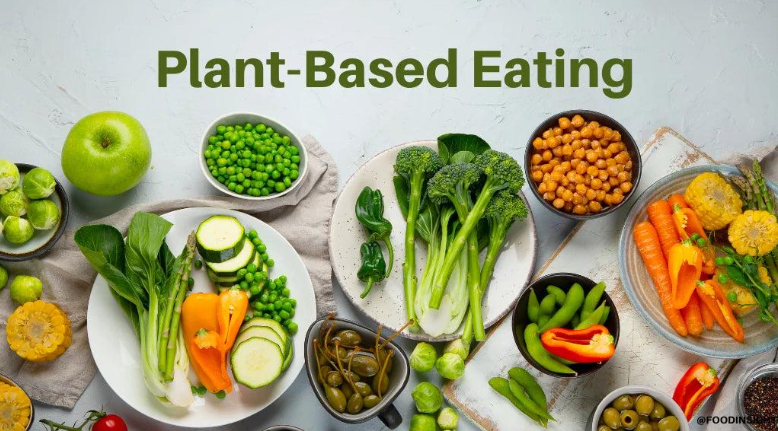

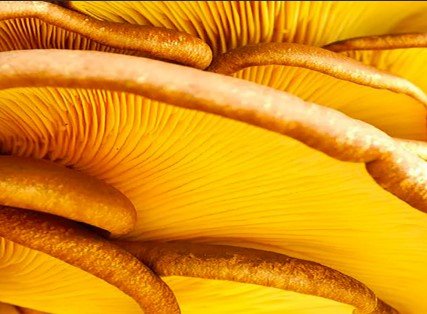
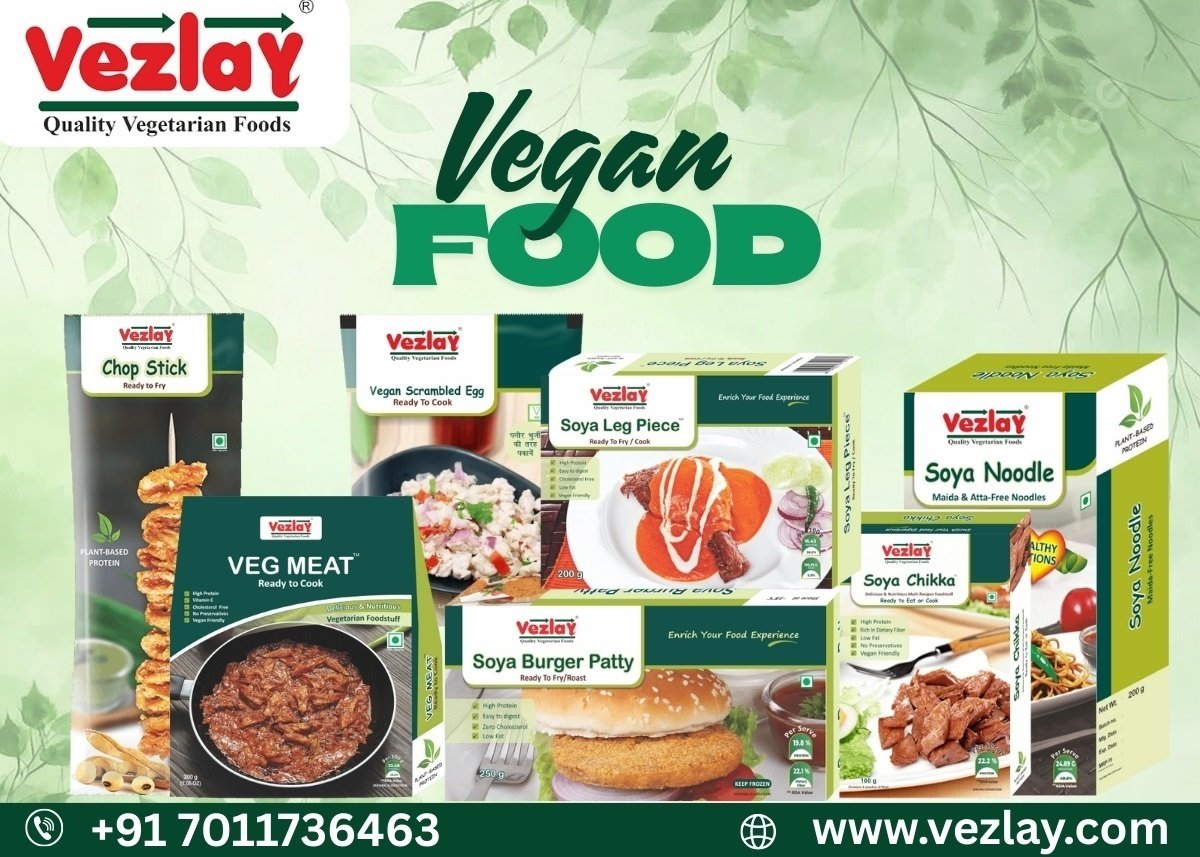

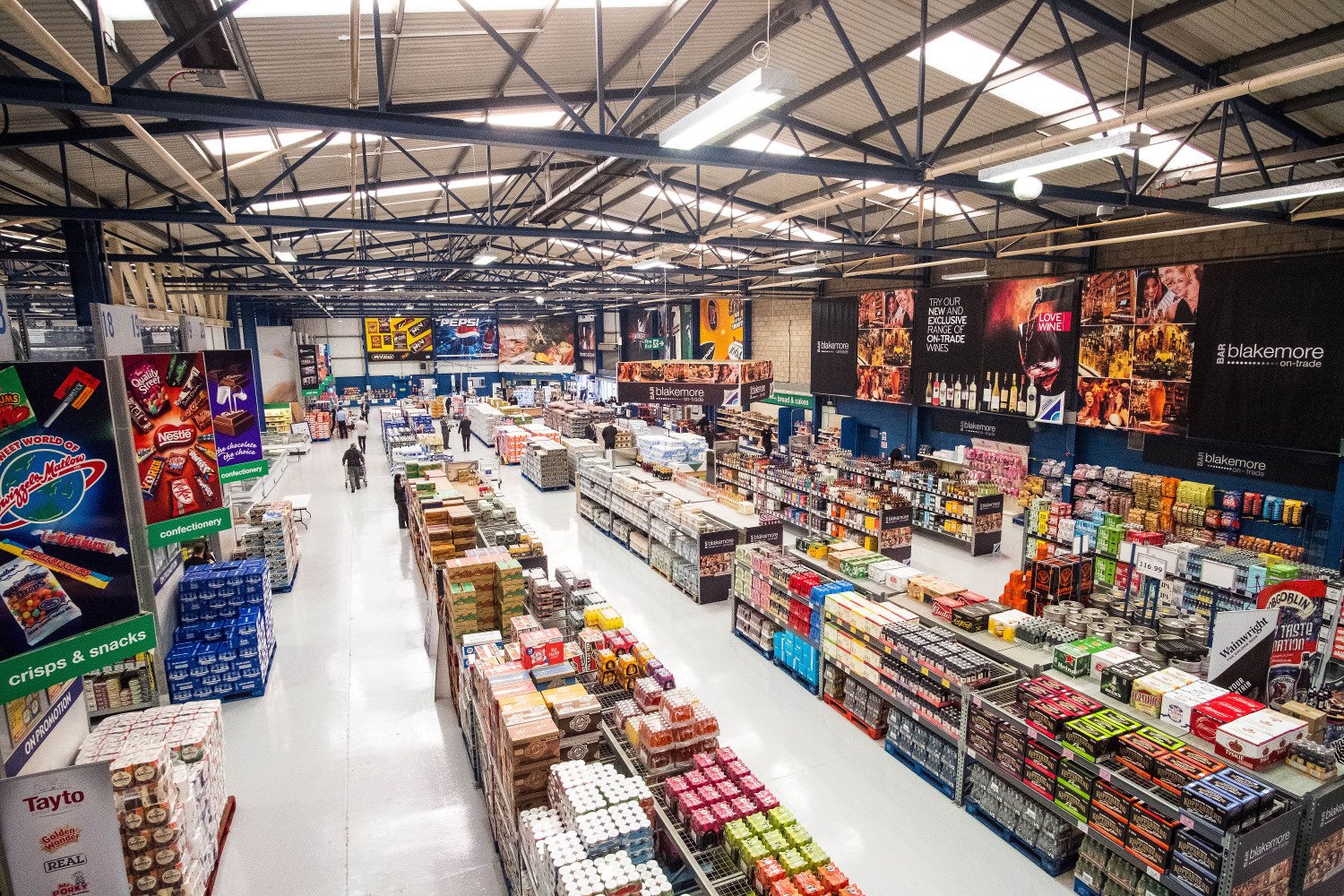

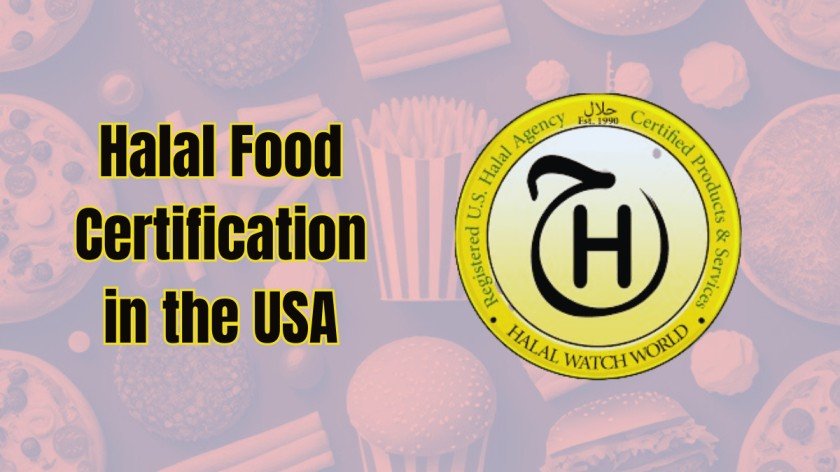





Leave a Reply